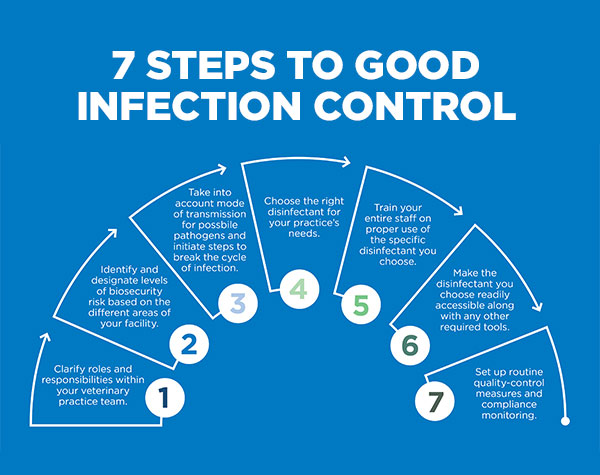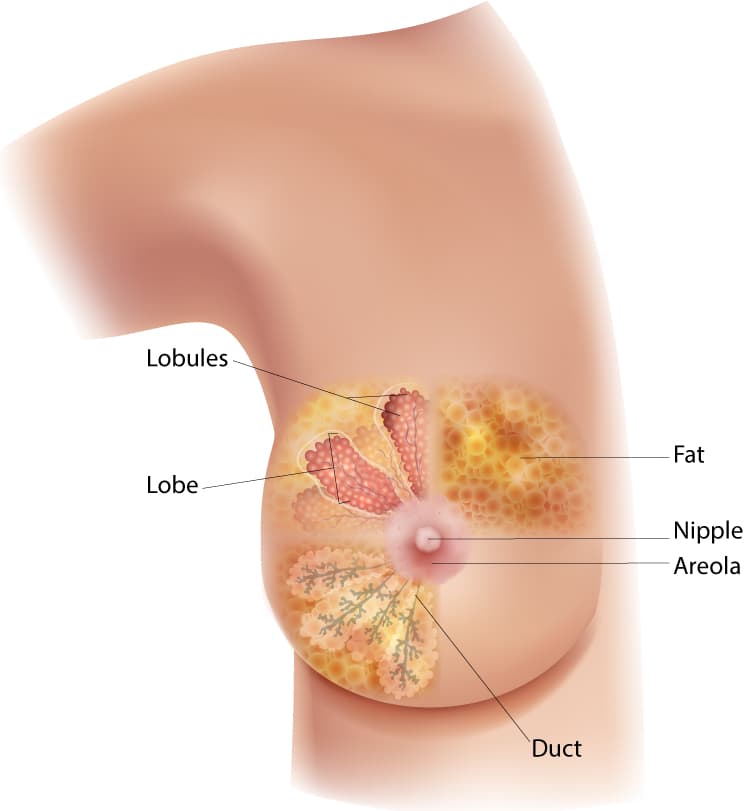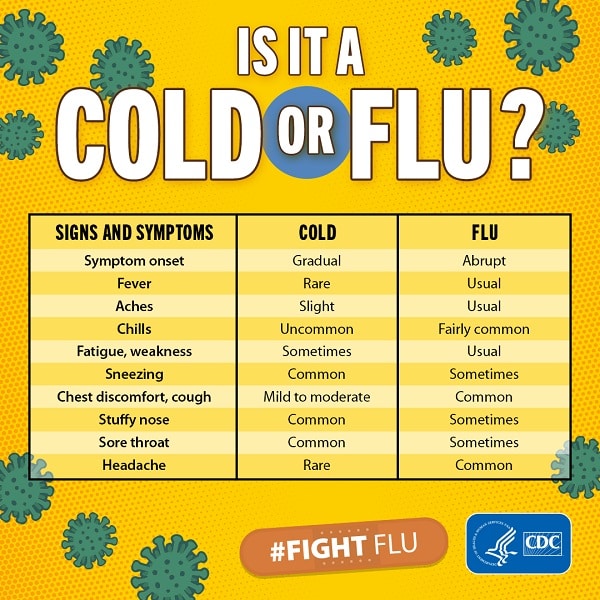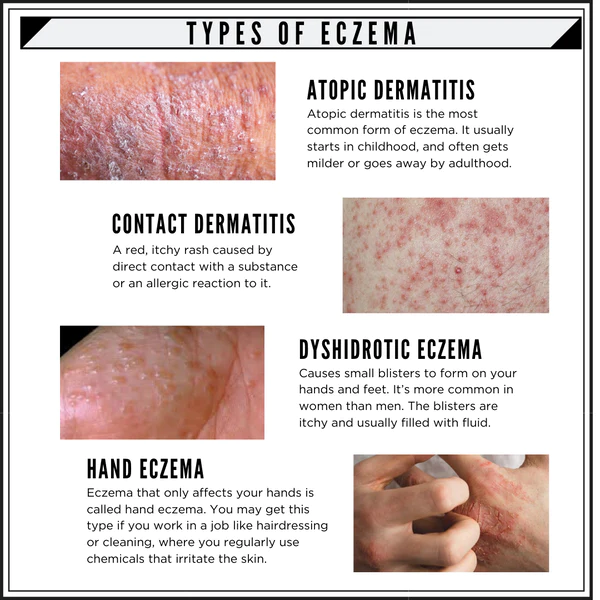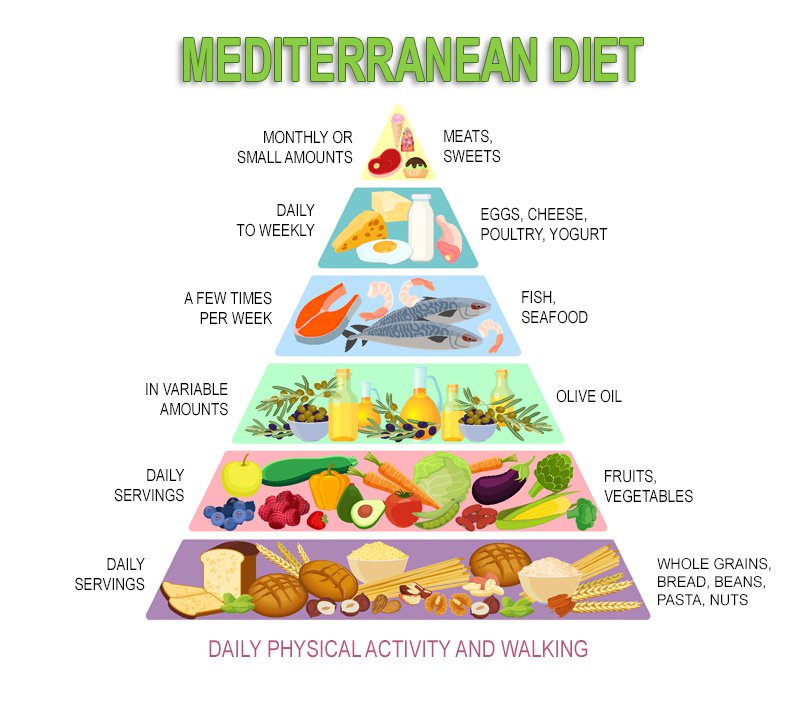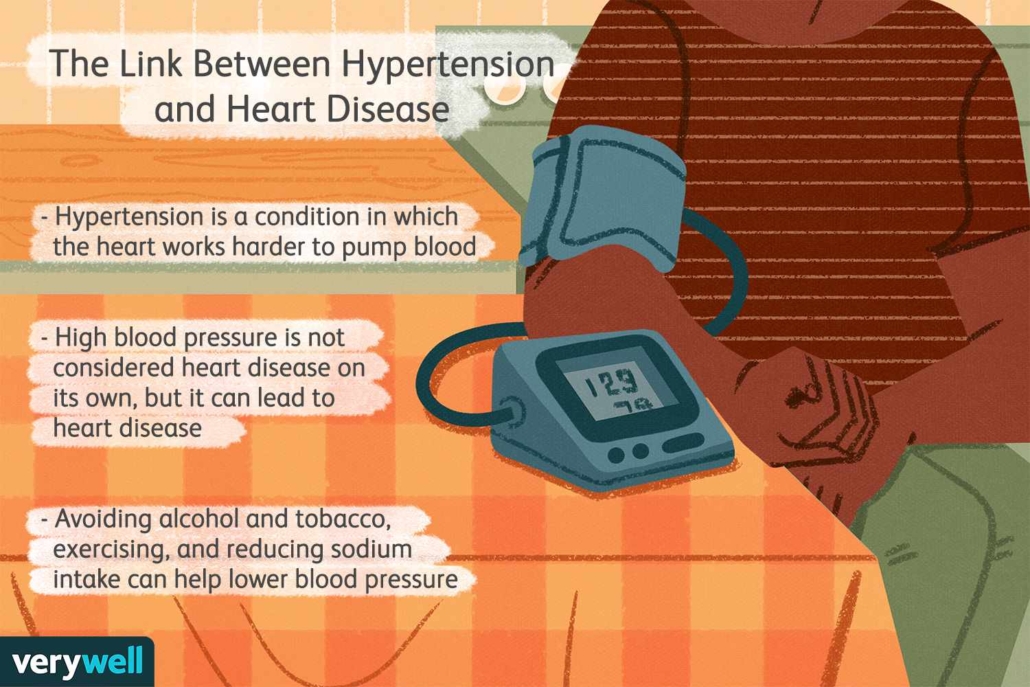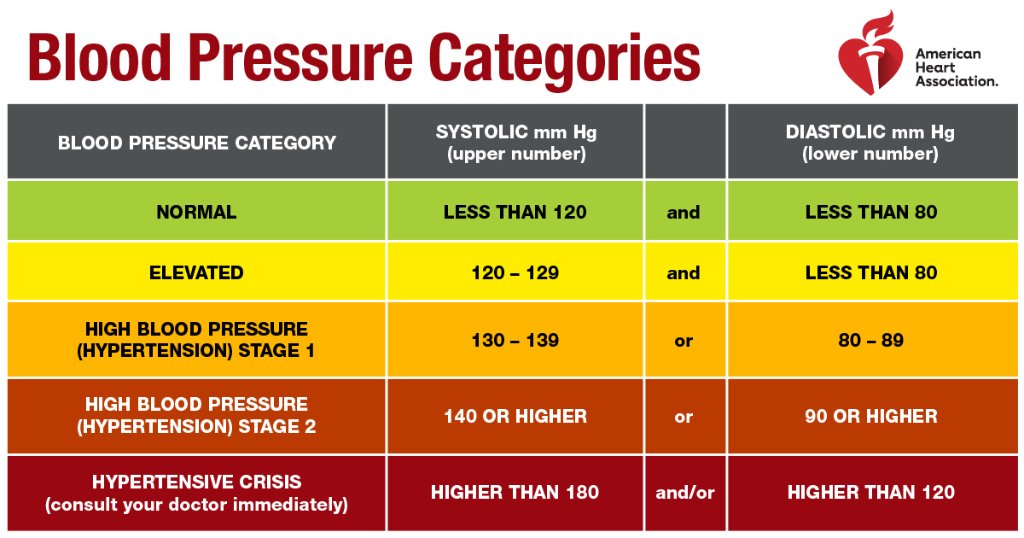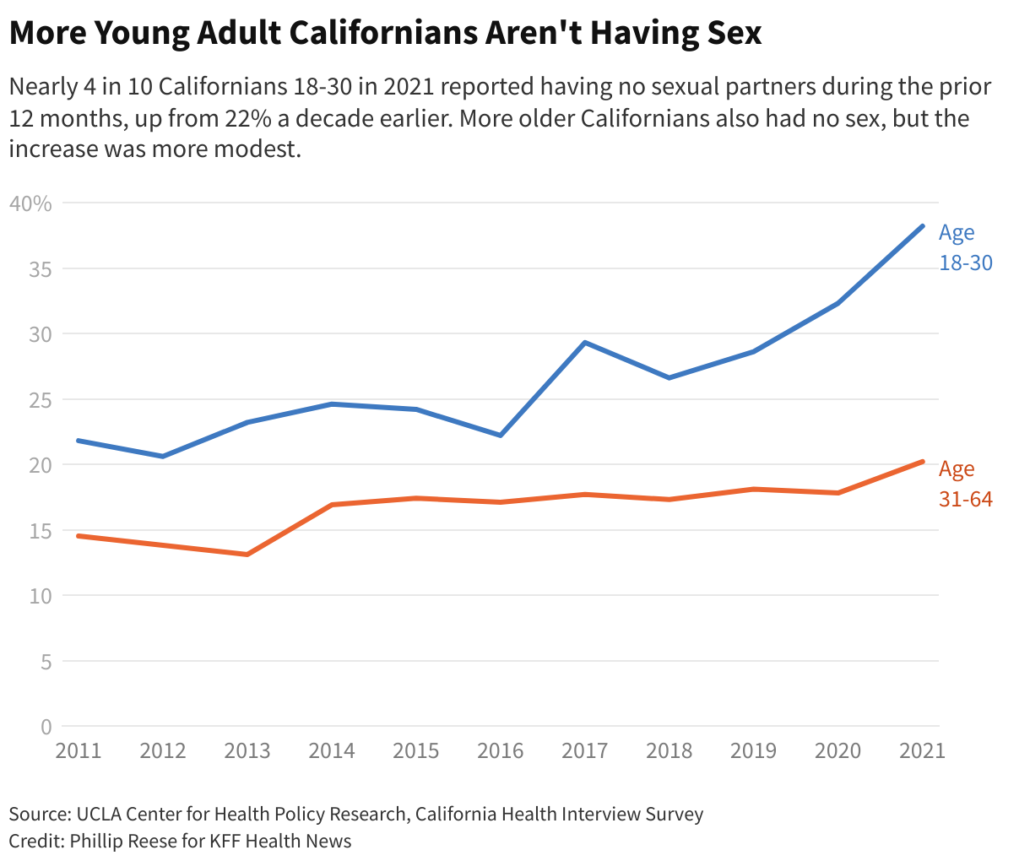Eczema is a condition in which patches of skin become inflamed, itchy, cracked, and rough. Some types can also cause blisters. Home remedies and medical treatment can help manage and prevent flares.
Different types and stages of eczema affect 31.6 million people in the United States, which equals more than 10% of the population.
Many people use the word eczema when referring to atopic dermatitis, which is the most common type. The term atopic refers to a collection of conditions that involve the immune system, including atopic dermatitis, asthma, and hay fever. The word dermatitis refers to inflammation of the skin.
Certain foods, such as nuts and dairy, can trigger symptoms of eczema. Environmental triggers can include smoke, pollen, soaps, and fragrances. Eczema is not contagious.
About a quarter of children in the U.S. have the condition, as well as 10% of African Americans, 13% of Asian Americans and Pacific Islanders, 13% of Native Americans, and 11% of people who are white.
Some people outgrow the condition, while others will continue to have it throughout adulthood. This article will explain what eczema is and discuss its symptoms, treatments, causes, and types.
The symptoms of atopic dermatitis can vary depending on a person’s age and the condition’s severity and can vary by individual.
People with the condition will often experience periods of time when their symptoms worsenTrusted Source, followed by periods of time when their symptoms will improve or clear up.
The following sections will outline some of the potential differences in symptoms in more detail.
General eczema symptoms
In most cases eczema symptoms are mild. The most common symptoms of atopic dermatitis include:
- dry, scaly skin
- skin flushing
- itching
- open, crusted, or weeping sores
People with severe eczema may need more intensive treatment to relieve their symptoms. Continuous rubbing and scratching can also lead to skin infections.
Eczema symptoms in People of Color
In People of Color, an eczema rash may appear gray or brown. This can make outbreaks harder to see.
However, People of Color who get eczema may also get dark or light skin patches even after eczema symptoms go away. These can last a long time. Doctors call these patches hyperpigmentation and depigmentation or hypopigmentation.
A dermatologist can evaluate these patches, which may respond to treatments like steroid creams.
Infant eczema symptoms
The following atopic dermatitis symptoms are common in babies under the age of 2:
- rashes on the scalp and cheeks
- rashes that bubble up before leaking fluid
- rashes that can cause extreme itchiness, which may interfere with sleeping
Childhood eczema symptoms
The following atopic dermatitis symptoms are common in children age 2 and above:
- rashes that appear behind the creases of elbows or knees
- rashes that appear on the neck, wrists, ankles, and the crease between the buttocks and legs
- bumpy rashes
- rashes that can become lighter or darker
- skin thickening, also known as lichenification, which can then develop into a permanent itch
Most people with the condition develop it before the age of 5 years. An estimated 60% of children will no longer show symptoms by adolescence.
African American and Hispanic children may have more severe eczema than children who are white.
Symptoms in adults
The following atopic dermatitis symptoms are common in adults:
- rashes that are more scaly than those occurring in children
- rashes that commonly appear in the creases of the elbows or knees or the nape of the neck
- rashes that cover much of the body
- very dry skin on the affected areas
- rashes that are permanently itchy
- skin infections
Adults who developed atopic dermatitis as children but no longer experience the condition may still have dry or easily irritated skin, hand eczema, and eczema on the eyelids.
The appearance of skin affected by atopic dermatitis will depend on how much a person scratches and whether the skin is infected. Scratching and rubbing can further irritate the skin, increase inflammation, and make the itching worse.
There is currently no cure for eczema. Treatment for the condition aims to heal the affected skin and prevent flares of symptoms.
Doctors will suggest a treatment plan based on an individual’s age, symptoms, and current state of health.
For some people, eczema goes away over time. For others, however, it is a lifelong condition.
The sections below will list some treatment options.
Medications
Doctors can prescribe several medications to treat the symptoms of eczema, including:
- Topical corticosteroid creams and ointments: These are anti-inflammatory medications and should relieve the main symptoms of eczema, such as inflammation and itchiness. People can apply them directly to the skin. Some people may benefit from prescription-strength medications.
- Oral medications: If topical treatments are not effective, a doctor may prescribe oral medications like systemic corticosteroids or immunosuppresants. These are available as injections or oral tablets. People should only use them for short periods of time. Also, it is important to note that the symptoms may worsen upon stopping these drugs if the person is not already taking another medication for the condition.
- Antibiotics: Doctors prescribe antibiotics if eczema occurs alongside a bacterial skin infection.
- Antihistamines: These can reduce the risk of nighttime scratching, as they tend to cause drowsiness.
- Topical calcineurin inhibitors: This drug suppresses the activities of the immune system. It decreases inflammation and helps prevent flares.
- Barrier repair moisturizers: These reduce water loss and work to repair the skin.
- Phototherapy: This involves exposure to UVA or UVB waves. This method can treat moderate dermatitis. A doctor will monitor the skin closely throughout the treatment.
- Injected biologic drugs: These medications block proteins in the immune system to limit immune system response.
To treat moderate to severe eczema, a doctor may prescribe a combination of topical and systemic treatments, such as biologics.
The Food and Drug Administration (FDA) has approved two biologics to treat eczema: dupilumab (Dupixent) and tralokinumab-ldrm (Adbry).
These biologics target specific proteins in the immune system that trigger inflammation, which can help reduce eczema symptoms. They can sometimes cause side effects, which are usually mild and manageable.
Even after an area of skin has healed, it is important to keep looking after it, as it may easily become irritated again.
Even though the condition itself is not currently curable, each person should consult with a doctor to get a tailored treatment plan.
Home care
There are several things that people with eczema can do to support skin health and alleviate symptoms.
They can try:
- taking lukewarm baths
- applying moisturizer within 3 minutes of bathing to “lock in” moisture
- moisturizing every day
- wearing cotton and soft fabrics
- avoiding rough, scratchy fibers and tight fitting clothing
- using a humidifier in dry or cold weather
- using a mild soap or a non-soap cleanser when washing
- taking extra precautions to prevent eczema flares in winter
- air drying or gently patting the skin dry with a towel, rather than rubbing the skin dry after bathing or taking a shower
- where possible, avoiding rapid changes of temperature and activities that cause sweating
- learning and avoiding individual eczema triggers
- keeping fingernails short to prevent scratching from breaking the skin
People can also try various natural remedies for eczema, including aloe vera, coconut oil, and apple cider vinegar.
Researchers do not know the definitive cause of eczema, but many health professionals believe that it develops from a combination of genetic and environmental factors.
Children are more likely to develop eczema if a parent has it or another atopic condition. If both parents have an atopic condition, the risk is even higher.
Some environmental factors may also bring out the symptoms of eczema. These include:
- Irritants: These include soaps, detergents, shampoos, disinfectants, juices from fresh fruits, meats, and vegetables.
- Allergens: Dust mites, pets, pollens, and mold can all lead to eczema. This is known as allergic eczema.
- Microbes: These include bacteria such as Staphylococcus aureus, viruses, and certain fungi.
- Hot and cold temperatures: Very hot and very cold weather, high and low humidity, and perspiration from exercise can bring out eczema.
- Foods: Dairy products, eggs, nuts and seeds, soy products, and wheat can cause eczema flares.
- Stress: This is not a direct cause of eczema, but it can make the symptoms worse.
- Hormones: Females may experience increased eczema symptoms when their hormone levels are changing, such as during pregnancy and at certain points in the menstrual cycle.
There are several types of eczema. Besides atopic dermatitis, other types include:
- Allergic contact dermatitis: This is a skin reaction that occurs following contact with a substance or allergen that the immune system recognizes as foreign.
- Dyshidrotic eczema: This refers to irritation of the skin on the palms of the hands and soles of the feet. It is characterized by blisters.
- Neurodermatitis: This leads to scaly patches of skin on the head, forearms, wrists, and lower legs. It occurs due to a localized itch, such as from an insect bite.
- Discoid eczema: Also known as nummular eczema, this type presents as circular patches of irritated skin that can be crusted, scaly, and itchy.
- Stasis dermatitis: This refers to skin irritation of the lower leg. It is usually related to circulatory problems.
Eczema is a common inflammatory skin condition. The most common type is called atopic dermatitis. Eczema is most common in children, but the majority of children will grow out of it by the time they reach adolescence.
Eczema can cause discomfort and can vary in severity. It can present differently depending on a person’s age. In people with darker skin tones, the symptoms may be harder to see.
Although there is currently no cure, people can treat and prevent eczema flares using home remedies, moisturizers, medications, and lifestyle changes.

